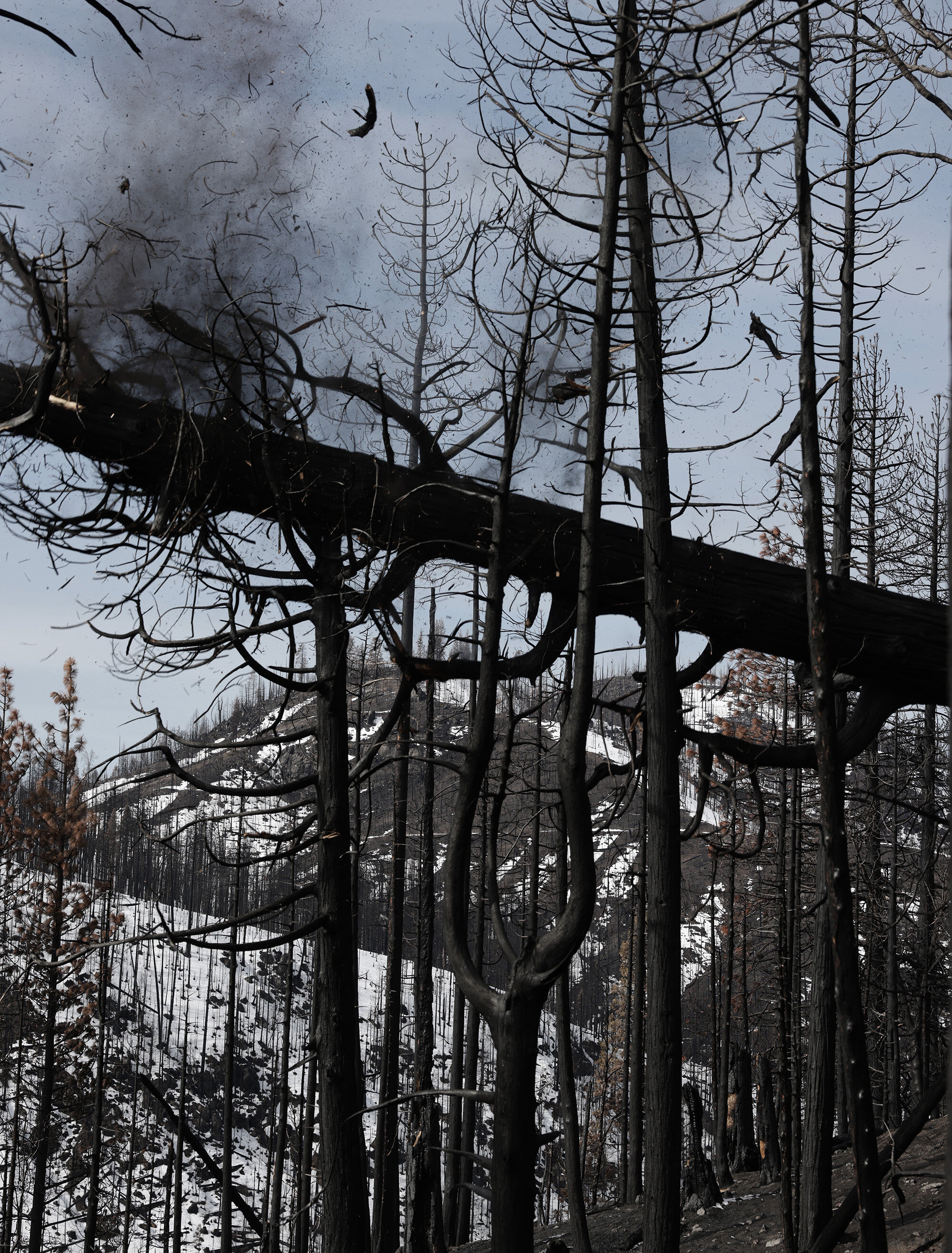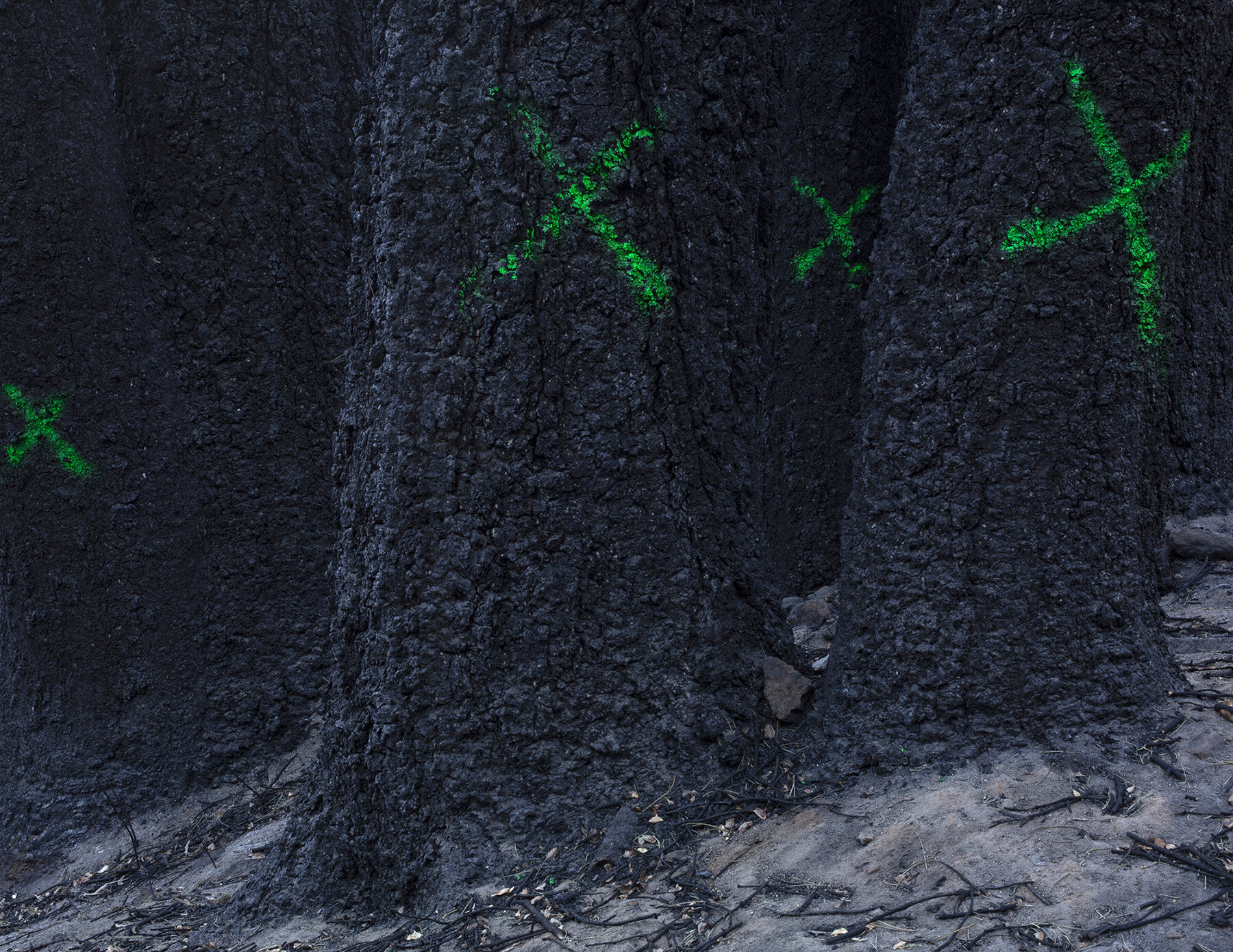The Castle fire that burned through our community was a part of the the SQF fire complex burned over 170.000 acres of forest. The US forest service classifies two or more fires that are assigned to the same commander or under unified command as a fire complex. Over the past two this kind of incident where several large fires merge into a gigantic one much like our contemporary megalopolis was more prevalent than in previous years and has come to represent the increasing scale of wildfires. By the end of the year, 9,639 fires had burned 4,397,809 acres.
Alongside the devastating impact on our environment is the extraordinary economic cost of such a fire. This includes the cost of fighting the fires, the cost of clearing up after the fires, the loss of homes and insurance damages amongst many others. It is estimated that in 2020 the cost of the California Wildfires amounted to a staggering $150 billion. This compares to a budget of $1 billion that will be invested into fire prevention after Governor Newsom's proposed federal and state initiative to reduce fire risks following the 2020 fire season.
Wildfires emitted 111.7 million metric tons of carbon dioxide, according to preliminary figures provided by the California Air Resources Board, compared with 169.5 million metric tons of carbon dioxide equivalent for transportation in 2018, the most recent year for which greenhouse gas figures are available by sector.
Wildfires have been aggressively suppressed in recent years, resulting in an unsustainable density of forests, increasing the risk of large uncontrollable fires. In the case of the the Castle fire this has been aggravated by the debris of bark beetle damage left standing.
Half of the 100 properties in Sequoia Crest were destroyed with nothing left standing but the chimney. The adjacent Communities of Cedar Slope and Alpine Village fared much worse. In Sequoia Crest amongst this devastation there is a small patch of green left including 60% of the grove that many think only survived because of the previous selective logging efforts. This is a photograph of Bob the first time we visited the site of our home after the fires. Bob had owned his home here for over 20 years. It was his primary residence in the US. The castle fire dispersed the community and many of his closest friends.
This Giant Sequoia Grove that Sequoia Crest sits nestled within had recently been acquired by the Save The Redwoods League. Alder Creek is one of the flagship projects of Forever Forest: The Campaign for the Redwoods, a comprehensive campaign launched by Save the Redwoods League in January 2020 to garner support for the organization’s ambitious vision for the next century of redwoods conservation. Since the wildfires Save the Redwood league has been cutting down the trees surrounding Poppy Lake. They are working to Clear the ground for a replanting project that will start in 2023.
The Castle Fire burned in excess of 2200 degrees Farenheit. Your cast iron pans had disappeared completely. The photographs above show the remanent of our aluminium ladder and an unidentified object
40% of all forests across the US are at risk of being ravaged by an army of harmful pests, undermining a crucial resource in addressing the climate crisis, new research has found (…) the 15 most damaging non-native forest pests destroy so many trees that about 6m tons of carbon are expelled each year from the dying plants. This is the equivalent, researchers say, of adding an extra 4.6m cars to the roads every year in terms of the release of planet-warming gases. The increasing heat and drought triggered by climate change make the trees more vulnerable to attack.

California has the most aggressive policies to address climate change in the USA. With the wildfires having burned a staggering 30 million tons more than the total annual CO2 emissions from energy production in California it has become more clear than ever that wildfire prevention is an essential part of climate policy.

A collaborative research program of Humboldt State University, the University of Washington, and Save the Redwoods League is evidence of how important it is to consider plans for regeneration alongside fire prevention. It has found that recovering second-growth forests have been recorded storing 374 tons of carbon in one acre, recovering about a third the amount of carbon as old-growth forest in just 150 years. Old-growth redwood forests store can store as much as 982 tons of carbon per acre—equal to the greenhouse gases produced by driving 8.1 million passenger vehicle miles.











